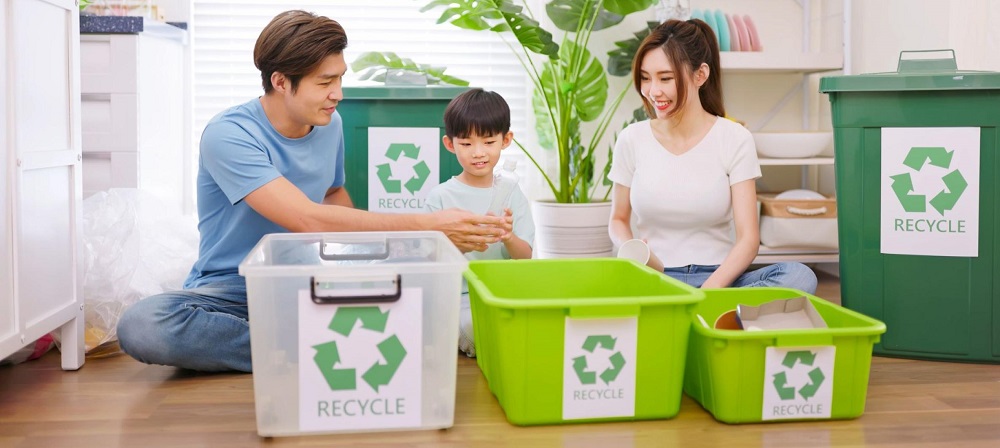 1. Recycling Education: Why Is It Important?
1. Recycling Education: Why Is It Important?Recycling education is not just an educational activity but a social responsibility that must be addressed. In today’s world, where environmental pollution has become a global crisis, proper and effective education in this field is of great importance. If children become familiar with recycling concepts from an early age, they are more likely to care about environmental conservation as adults.
2. Practical Methods for Teaching Children About Recycling
Teaching children about recycling requires simple and engaging methods. Some effective ways to achieve this include:
2.1. Using Games and Activities
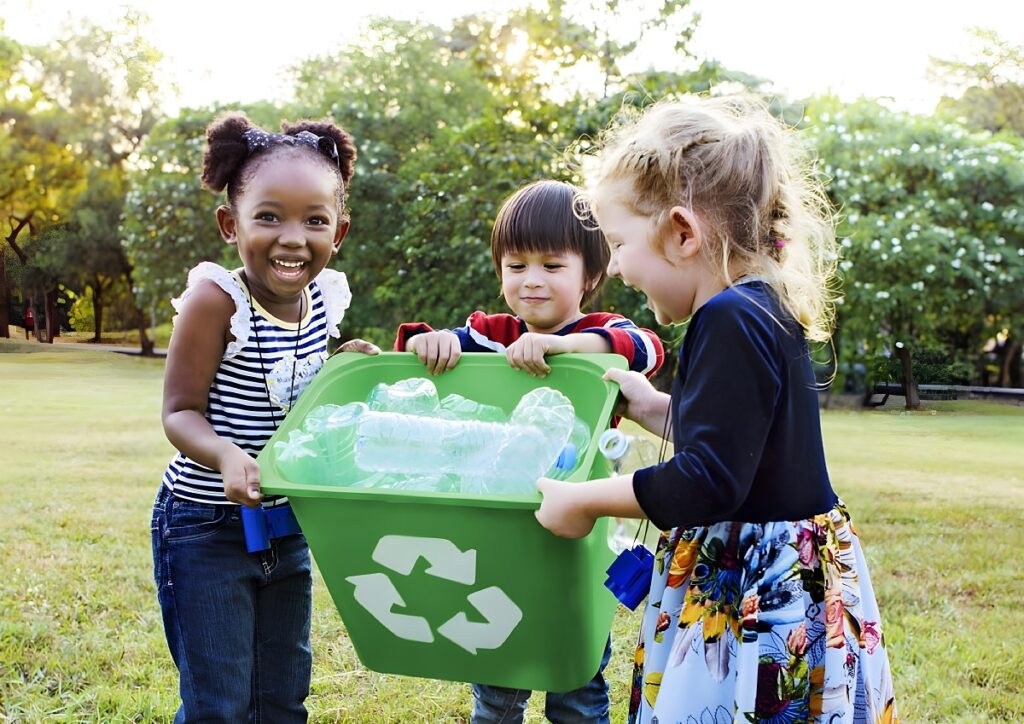 2.2. Teaching through Practical Examples
2.2. Teaching through Practical Examples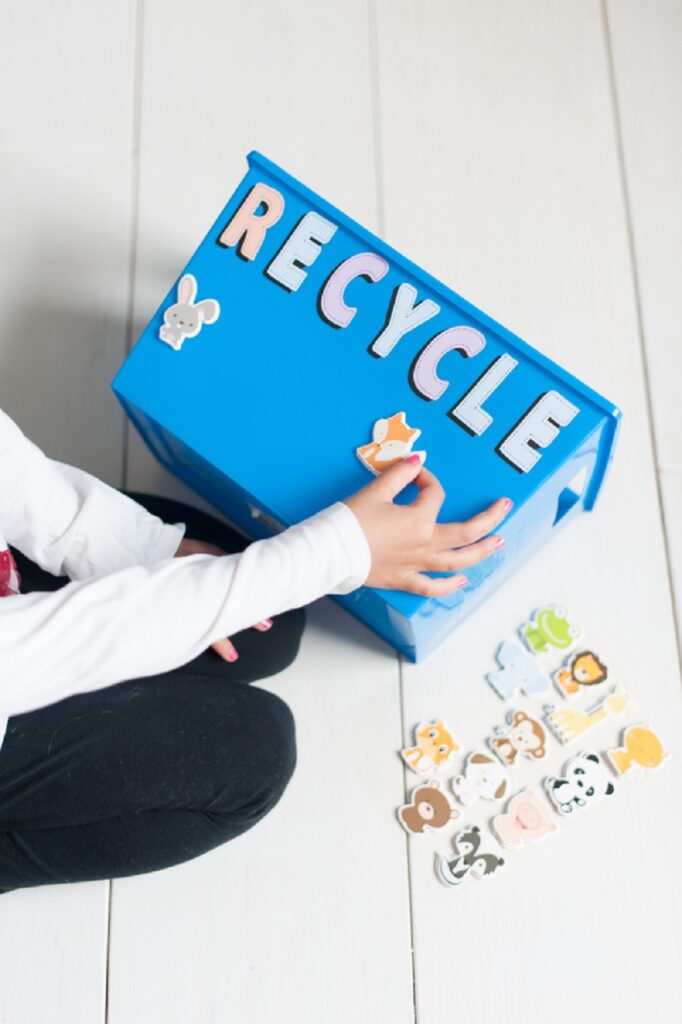 2.3. Using Picture Books and Animations
2.3. Using Picture Books and AnimationsEducational picture books and animations can be very appealing to children. These books and animations typically tell stories about the importance of recycling and how to do it in a simple and understandable way for children. Using popular characters in these stories can help children easily connect with the concepts.
3. The Impact of Recycling Education on Children’s Behavior
Teaching recycling to children can have a significant impact on their behavior. When children learn about the importance of recycling from an early age, they are more likely to pay attention to environmental issues in the future. Moreover, recycling helps children develop a greater sense of responsibility toward the environment and the world around them.
4. Encouraging Children to Practice Recycling in Daily Life
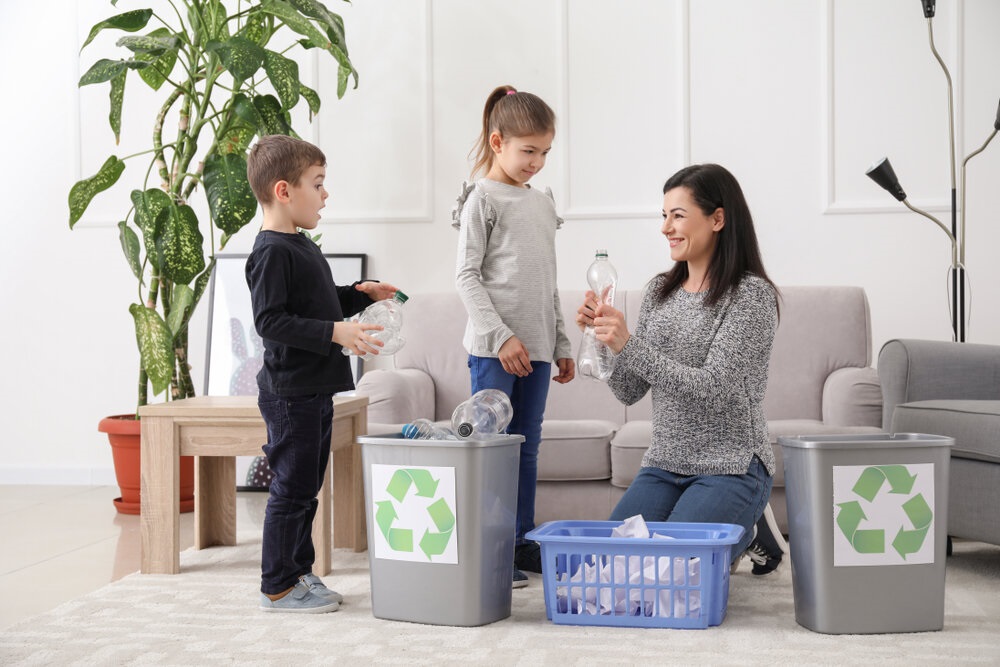 5. Teaching Recycling Concepts Through Art and Crafts
5. Teaching Recycling Concepts Through Art and CraftsChildren have a strong interest in art activities. Therefore, recycled materials can be used to create art projects. This not only helps children understand the value of recycling but also enhances their creative skills. For example, you can use plastic bottles, scrap paper, and other recyclable materials to make sculptures, artwork, or even handmade toys.
6. Creating Friendly Competitions to Promote Recycling
Creating friendly competitions among children can provide a strong motivation for learning about recycling. For example, you can organize a recycling challenge at school or home, where children have to collect and sort recyclables either individually or in groups. These types of competitions can make the activity more engaging and encourage them to participate in recycling efforts.
7. The Role of Parents and Teachers in Teaching Recycling to Children
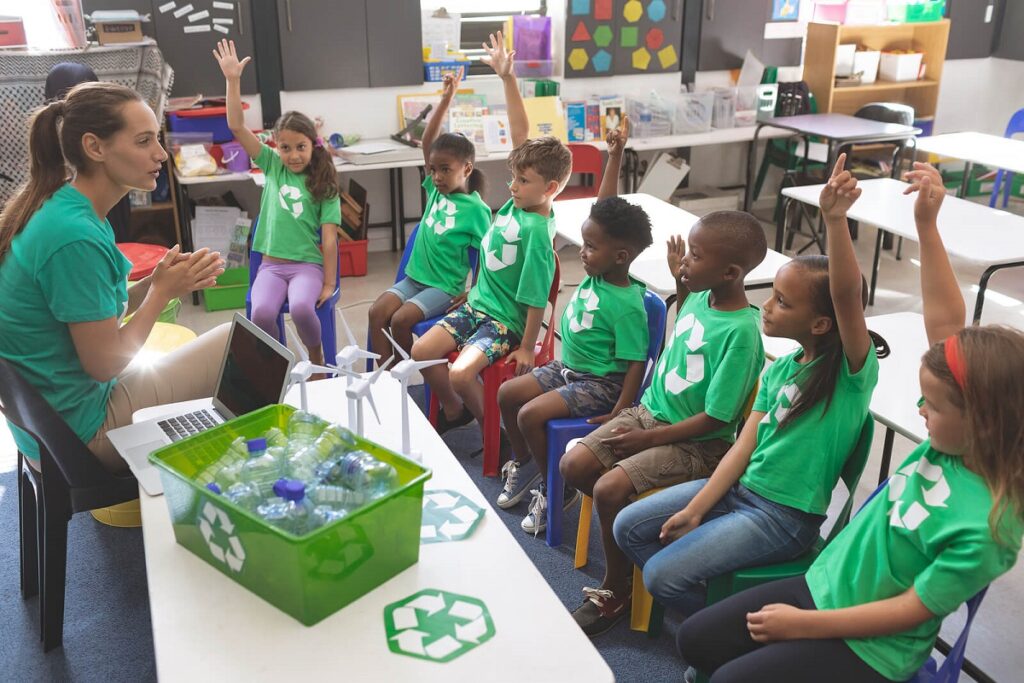
Parents and teachers play a very important role in teaching children about recycling. They should lead by example in recycling and be actively involved with the children. For instance, if parents regularly collect and sort recyclables, children will be more likely to adopt this behavior. Teachers can also organize activities at school, such as lectures, workshops, and scientific projects related to recycling.
8. Challenges and Solutions in Teaching Recycling to Children
One of the main challenges in teaching recycling to children is the lack of awareness about its importance. Many children may not understand the significance of recycling, which leads them to disregard it. To address this issue, engaging and practical methods should be used for teaching, while also providing appropriate incentives to encourage participation in recycling activities.
9. Conculsion
Teaching children about recycling is an important step toward environmental protection. By using fun and educational methods, we can teach children how to use recyclable materials in their daily lives and help conserve natural resources. For this, we need the collaboration of parents, teachers, and other members of society to build a greener future for the generations to come.
